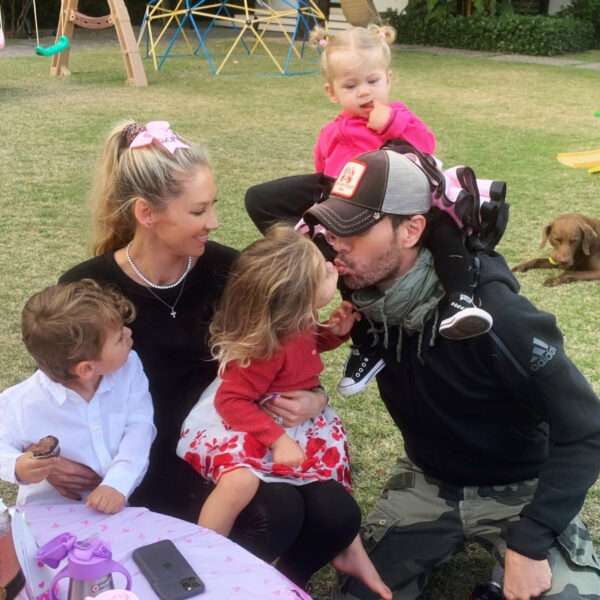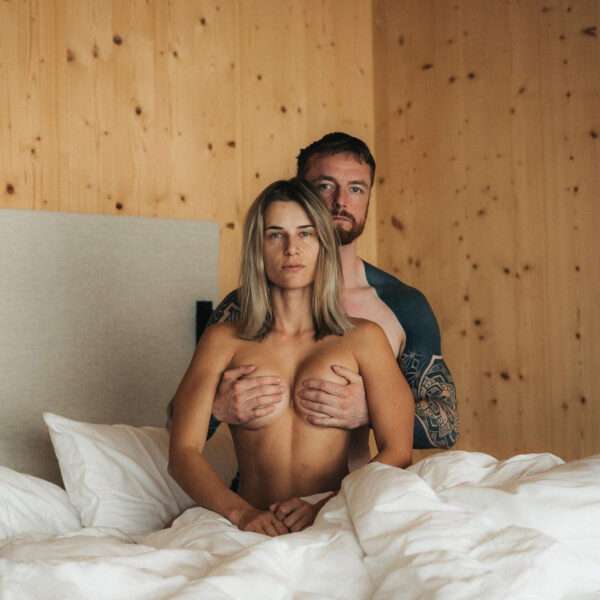A model who suffers from vitiligo has told how she has lost almost all the pigment in her skin after being diagnosed with the skin disease 21 years ago.
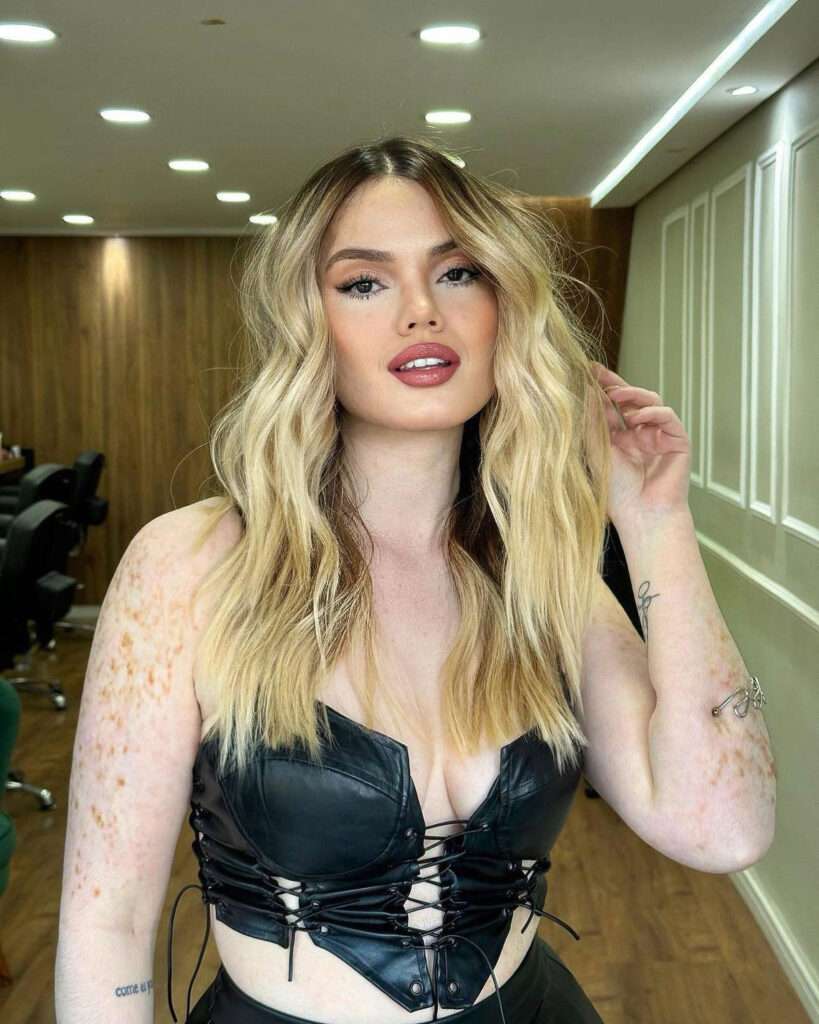
Barbarhat Crhystina Sueyassu, now 25, has won over 110,000 Instagram followers with her frank and often heartbreaking stories about the condition.
Barbarhat, from Apucarana, in the Brazilian state of Parana, has universal vitiligo, which means her skin will eventually lose 100 per cent of its pigmentation and melanin.
Photos show the progression of the auto-immune disorder which has now left her with just a few small patches of her original skin colour.
Barbarhat told local media that skin differences only began to become apparent at the age of 10 when she began to be bullied at school.
She said: “From one year to the next, I started receiving different nicknames. It was like leaving childhood and entering a nightmare.”
Even when she and her mum reported the bullying, teachers did nothing to help.
She said: “The answer was always the same: that it was just a little joke, for us to overlook.

“If even today educators don’t know how to deal with bullying, back then it was even worse.”
Barbarhat also explained why she identifies as a black person despite being socially considered white today.
She said: “A person who has universal vitiligo, as is my case, does not stop being the colour we already are.
“We don’t become another colour. Vitiligo depigments the skin but does not change racial identity.
“Socially, it’s obvious that I’m going to be seen as white because no one has a crystal ball and won’t know my whole life story.
“But the self-declaration of people with vitiligo doesn’t change.”
Barbarhat said she even underwent some treatments to restore the melanin but none were successful.
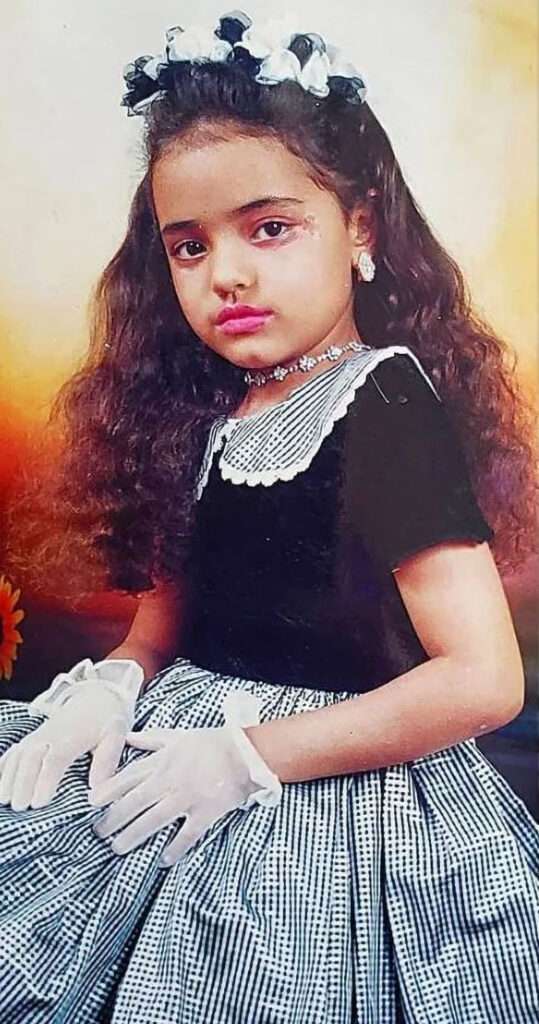
She says that at 15 years old she learned to put the issue aside.
Today, she is part of the global ‘skin positivity’ movement, which values marks, blemishes and scars on the skin.
Her followers were quick to express their admiration on her posts, such as Instagram user ‘letslorrayne’ who said: “Girl, you are beautiful.”
While ‘chaos__piercer’ commented: “Absolutely perfect at every stage.”
And ‘eunanaths’ wrote: “Guys, what a wonderful, beautiful woman.”
According to the Brazilian Society of Dermatology (SBD), official data indicate that vitiligo affects one per cent of the world’s population.
Vitiligo has no cure, but it can sometimes be treated to stop its progression, according to reports.
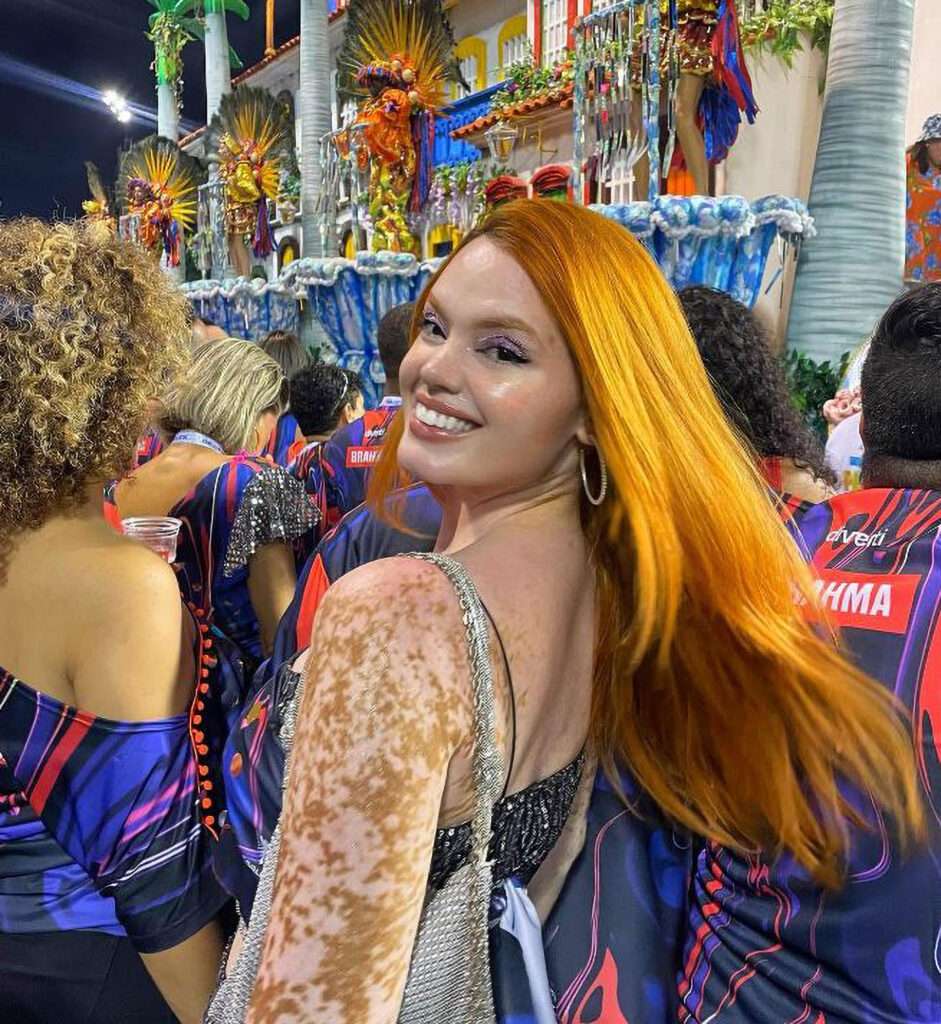
Singer Michael Jackson’s dermatologist said the star also suffered from the condition.
Other famous sufferers include top international model Winnie Harlow and US ballet star Michaela DePrince.









